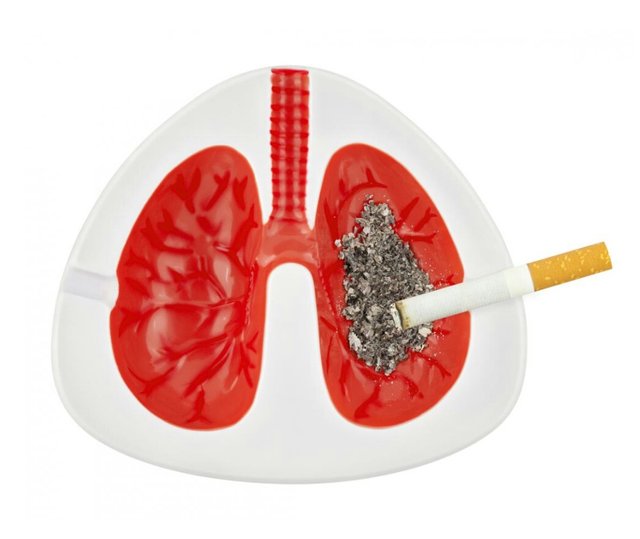The reasons are smoking bad for you.

Smoking kills our organs
Every year, more than 480,000 people die in the United States (U.S.) due to tobacco-related diseases. That is around 1 in 5 of all deaths in the U.S. annually. It is estimated that 1 in 2 smokers will die from a smoking-related disease.
Smoking causes more deaths in the U.S. each year than the following combined:
• alcohol use
• firearm-related incidents
• HIV
• illegal drug use
• motor vehicle incidents
Smoking shortens the life of a male by about 12 years and the life of a female by around 11 years.
Two poisons in tobacco that affect peoples' health are:
• Carbon monoxide is found in car exhaust fumes and is fatal in large doses. It replaces oxygen in the blood and starves organs of oxygen and stops them being able to function properly.
• Tar is a sticky, brown substance that coats the lungs and affects breathing.
Smoking affects many different areas of the body.
Below, we cover each part of the body in turn:
Brain:
Smoking can increase the likelihood of having a stroke by 2 to 4 times. Strokes can cause brain damage and death.
One way that stroke can cause brain injury is through a brain aneurysm, which occurs when the wall of the blood vessel weakens and creates a bulge. This bulge can then burst and lead to a serious condition called a subarachnoid hemorrhage.
Bones
Smoking can make bones weak and brittle, which is particularly dangerous for women, who are more prone to osteoporosis and broken bones.
Cardiovascular system
Smoking causes plaque to build up in the blood. Plaque sticks to the walls of arteries (atherosclerosis), making them narrower; this reduces blood flow and increases the risk of clotting.
Smoking also narrows the arteries, making it harder for blood to flow, as well as increasing blood pressure and heart rate.
Also, chemicals in tobacco smoke increase the chance of heart problems and cardiovascular diseases.
Some of the most common are:
• Coronary heart disease - narrow or blocked arteries around the heart. It is among the leading causes of death in the U.S.
• Heart attack - smokers are twice as likely to have a heart attack.
• Heart-related chest pain.
Carbon monoxide and nicotine in cigarettes make the heart work harder and faster; this means that smokers will find it more difficult to exercise.
Even smokers who smoke 5 or fewer cigarettes a day can have early signs of cardiovascular disease.
Immune system
The immune system protects the body against infection and disease. Smoking compromises this and can lead to autoimmune diseases, such as Crohn's disease and rheumatoid arthritis.
Smoking has also been linked to type 2 diabetes.
Lungs

Perhaps the most obvious part of the body affected by smoking is the lungs. In fact, smoking can impact the lungs in a number of different ways.
Primarily, smoking damages the airways and air sacs (known as alveoli) in the lungs.
Often, lung disease caused by smoking can take years to become noticeable, this means it is often not diagnosed until it is quite advanced.
There are many lung and respiratory problems caused by smoking;
below are three of the most common in the American population:
Chronic obstructive pulmonary disease (COPD): This is a long-term disease that worsens over time. It causes wheezing, shortness of breath, and chest tightness. It is the third leading cause of death in the U.S. There is no cure.
Chronic bronchitis: This occurs when the airways produce too much mucus, leading to a cough. The airways then become inflamed, and the cough is long-lasting. In time, scar tissue and mucus can completely block the airways and cause infection. There is no cure, but quitting smoking can reduce symptoms.
Emphysema: This is a type of COPD that reduces the number of sacs in the lungs and breaks down the walls in between. This destroys the person's ability to breathe, even when resting. In the latter stages, patients often can only breathe using an oxygen mask.
There is no cure, and it cannot be reversed.
Other diseases caused by smoking include pneumonia, asthma, and tuberculosis.